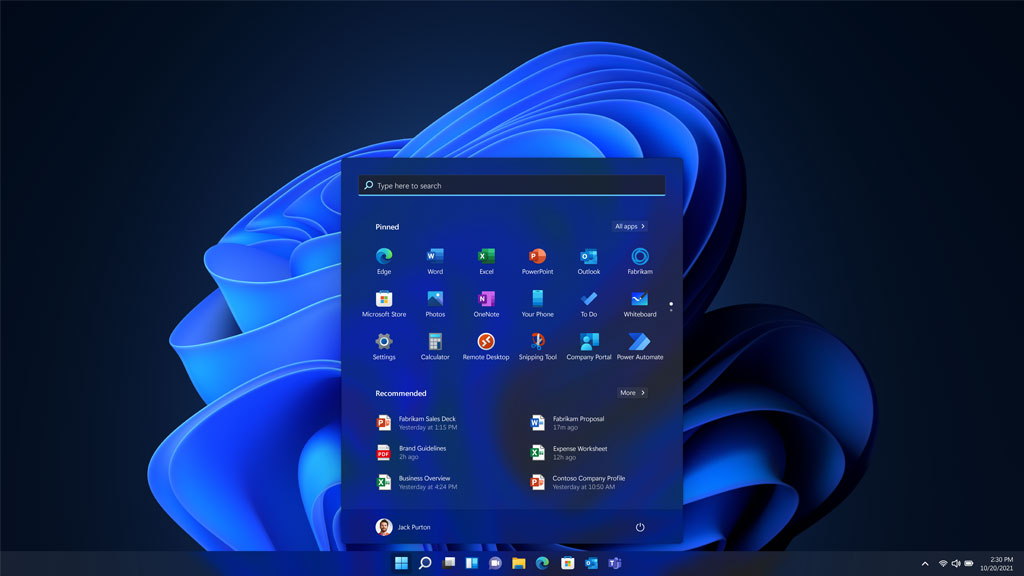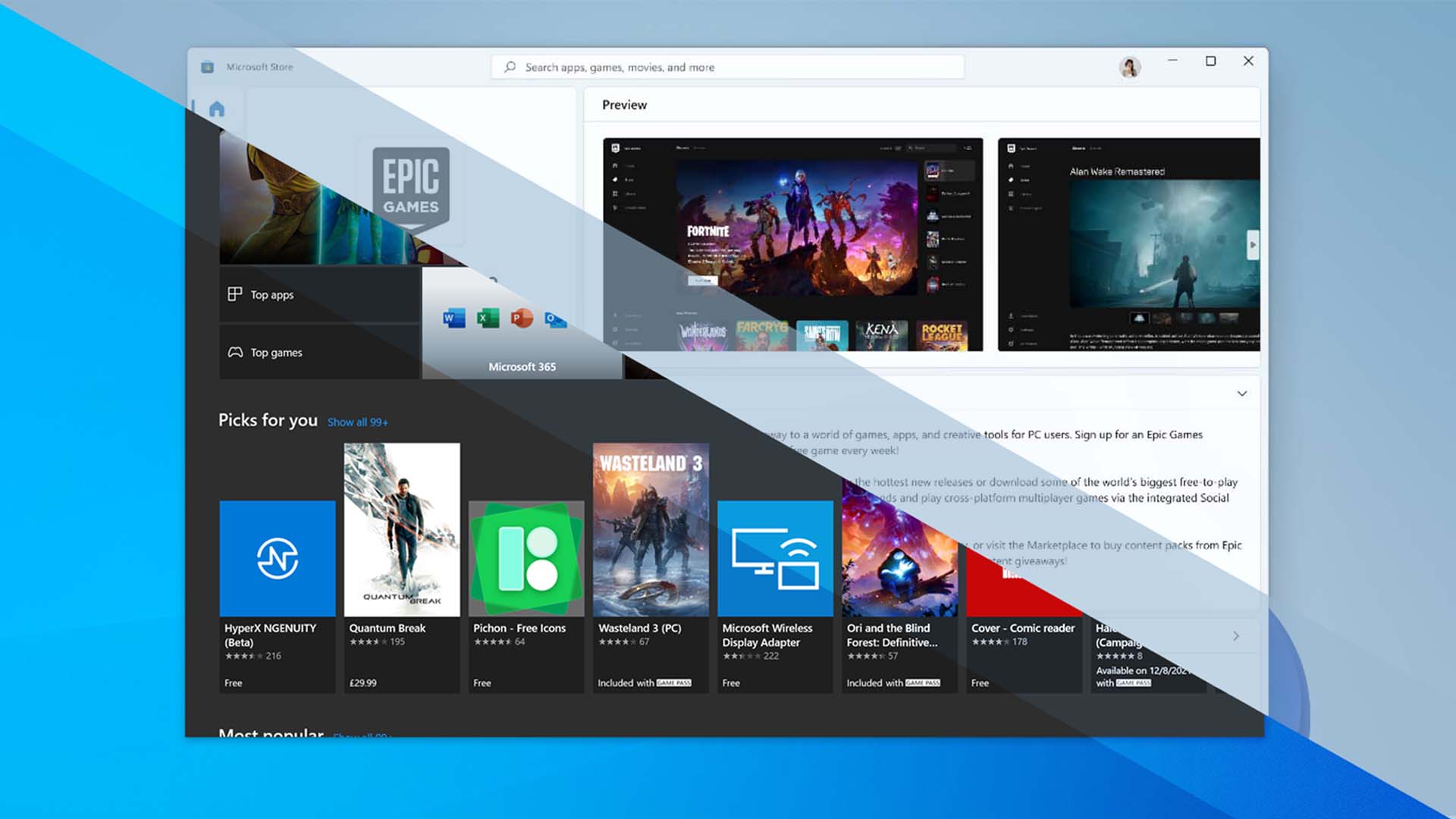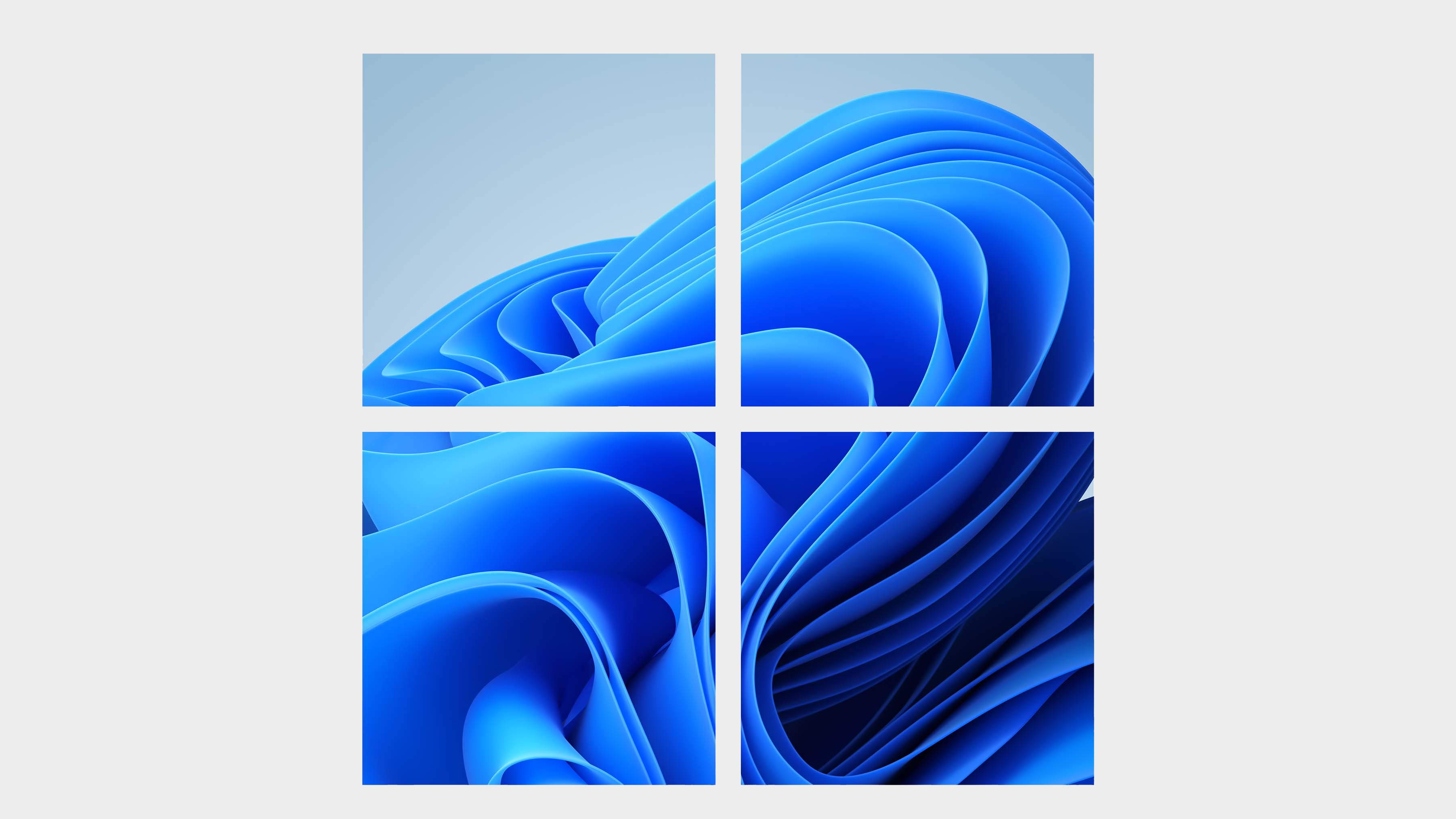Windows 10's latest update is outpacing Windows 11 adoption right now
Could it be Windows 11's awkward system requirements are holding it back or was this rollout always going to be slower?

Windows 11 began its rollout to compatible Windows 10 PCs back in October 2021, and it appears that just under 20% of PCs have made the leap to the new OS.
That's coming from monthly data procured by ad network AdDuplex, which samples 60,000 PCs running software using its ad tech across various apps. That's not the largest sample size ever, but is certainly a good indication of where we're at in terms of OS adaption. The ad network found that while Windows 11 has hit a decent milestone for its release, there's still a long road ahead for Microsoft's latest OS.
With the release of Windows 11, Microsoft effectively forked its users off to either Windows 11 or the Windows 10 21H2 update. The Windows 10 21H2 update arrived in July, and in October the Windows 11 update was offered to users with compatible PCs. Right now, it's the Windows 10 21H2 update that's gained the lion's share of updating users, at 21%. However, Windows 11 adoption isn't too far behind, sitting at 19.3%, according to the data.
Windows 11 is sure to outgrow Windows 10 eventually, but as XDA Developers note the number of Windows 11 users has only grown a small percentage in the past month. In January, Windows 11 usage share was 16.1%, making for a 3.2% increase in users for February.
Meanwhile, the Windows 10 21H2 update was on just 12.1% of users in January, which rose to 21% in February.
Windows 11 Insiders make up another 0.3% share, though the many active versions of Windows 10 make up the largest slice of the pie: Windows 10 21H1 still holds 27.5% share, and the Windows 10 20H2 update from 2020 holds another 17.9%.
There are even a few users still rocking Windows 10 update's from 2018 or older, at 2.4%.
The biggest gaming news, reviews and hardware deals
Keep up to date with the most important stories and the best deals, as picked by the PC Gamer team.
| Header Cell - Column 0 | February 2022 | January 2022 |
|---|---|---|
| Windows 11 | 19.3% | 16.1% |
| Windows 11 Insiders | 0.3% | 0.4% |
| Windows 10 21H2 | 21% | 12.1% |
| Windows 10 21H1 | 27.5% | 28.6% |
| Windows 10 20H2 | 17.9% | 26.3% |
Looking to the history of Windows version adoption, you can actually see that—according to AdDuplex's data since 2016—the Windows 10 20H2 update was as slow going as Windows 11's has been for the first few months of its life. Then it picked up rather rapidly, which almost certainly aligns with how Microsoft staggers its updates across devices and users nowadays.
Windows 11 also received a similar treatment: The first wave of devices offered the OS was pretty slim, then it was gradually offered to more and more users. Though it's not clear whether Windows 11 will see such a sharp, or prolonged, uptick in adoption as previous Windows 10 versions.
Clearly updating over a billion active Windows PCs out there to a new OS was always going to be slow-going, but Windows 11 does have another cause for concern when it comes to adoption rates: The new OS has somewhat restrictive system requirements.
Windows 11 doesn't support all CPUs spanning the annals of PC history. Rather, CPU and platform support parameters are set by Microsoft, mostly in the name of security. What that means is some CPUs common inside gaming PCs, such first-gen AMD Ryzen CPUs or Intel 7th Gen or older chips, are not compatible with the OS.


Windows 11 review: what we think of the new OS
How to install Windows 11: safe and secure install
What you need to know before upgrading: things to note before downloading the latest OS
Windows 11 TPM requirements: Microsoft's strict security policy
So, there are heaps of machines that will never make the leap to Windows 11 as it stands today. Microsoft will continue to support Windows 10 until 2025, so expect further releases for that OS in the future, namely security updates. After that some machines will be left without a paddle.
Still, that shouldn't deter a good few devices from upgrading to Windows 11 before then. Millions of machines will be compatible, and almost every new device manufactured today will meet the mark.
Some users with compatible machines might just be waiting for a more convincing reason to upgrade to Windows 11. It's not the most alluring OS to ever launch today, though it is getting better with new updates. Perhaps we'll all have more of a reason to make the move at some point, because right now the upgrade is more or less a decision based on style and preference than anything functional.

Jacob earned his first byline writing for his own tech blog. From there, he graduated to professionally breaking things as hardware writer at PCGamesN, and would go on to run the team as hardware editor. He joined PC Gamer's top staff as senior hardware editor before becoming managing editor of the hardware team, and you'll now find him reporting on the latest developments in the technology and gaming industries and testing the newest PC components.

